Get To Know Us
Brightwater Executive has established itself as one of Ireland’s leading Executive Search companies that has earned the reputation of providing steadfast support to senior executives who are navigating their next transition or striving to define their next career move.
Through our network and extensive database which we have cultivated for over 20 years in the Irish and International markets, we’ve successfully and continually forged genuine relationships with a wide range of senior talent and clients across all growth sectors.
Read MoreWhat We Do
We specialise in providing:
- Executive Search C-Suite, Director and Head of Function roles
- Independent salary benchmarking
- Independent interview panellists
- INED & Chair search
- Executive interview coaching and CV preparation
- Interim assignments
Meet Our Team
Current Opportunities

Client Partner Service
We match the best talent in the market for your
business.
Our Executive Search team are continuously connecting, building talent networks, and outlining individual talent information that will be able to provide you with the necessary insight into the skills, background motivations, and expectations of talent to properly assess and profile them.
We take the time to understand your organisational needs and can get a clear overview of the business, the organisational structure, the company values, goals, and culture. It is through this process that we can truly endorse talent who have the required skills, background, and experience, for your company.
We have a depth of over 20 years' experience supporting our clients both locally and Internationally with their senior talent strategies. We're proud that our clients see us as an extension of their team and successfully work with them throughout their key milestones of change, be it undergoing Organisational Restruction, Succession Planning, Digital Transformation or Scaling For Growth.
What Our Clients Say
![]()
Our Client Network
For over 20 years we have had the privilege to work and understand the talent needs of a wide and diverse client base. We work with our client Partners to build a bespoke executive search strategy that is right for you, is transparent and led by data driven insights to ensure your senior hire is the right fit for your organisation. Our client partners return to us because we have built a reliable reputation in gaining their trust and delivering what they need in a robust and timely way.
We’re Here To Help You.
We connect talented people with great companies. Join our network today.
Join Our Network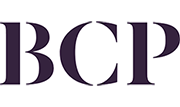
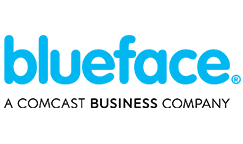
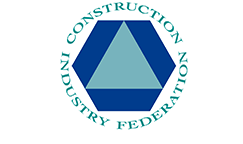
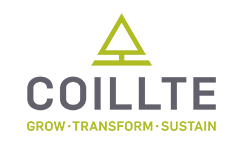
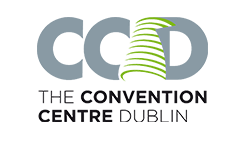
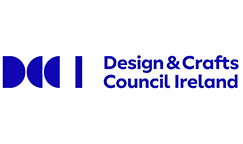
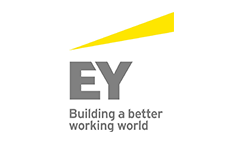
.png?sfvrsn=1b6f8976_1)
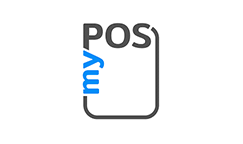
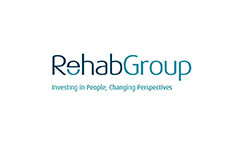
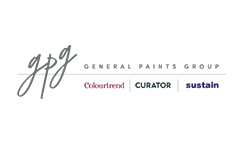
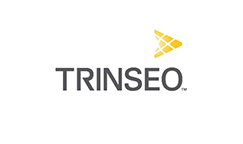
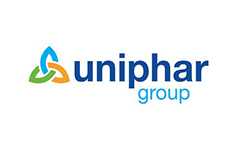
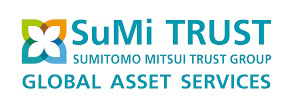

Industries Served
 Consumer Markets (B2B and B2C)
Consumer Markets (B2B and B2C)
 Technology & Telecommunications
Technology & Telecommunications
 Financial Services
Financial Services
Fintech / Payments | Banking | Insurance |
Asset Management | Aviation Leasing Public Sector, Not For Profit
Public Sector, Not For Profit
 Life Sciences & Healthcare
Life Sciences & Healthcare
 Professional Services
Professional Services
 Industrial
Industrial
Supply Chain | Manufacturing | Utilities |
Renewables


Salary Survey 2023
Today’s CEO and C-Suite executive teams are business leaders, mentors and advisors. Unique challenges include ESG, diversity and talent retention. Their pay reflects the needs of the business and their wider remits so each organisation has a different executive compensation programme. Our Salary Guide for leadership in 2023 reflects a wide range of pay across a broad diverse of sectors and organisations. If you need further clarification on any of the salaries in our guide, please contact [email protected]
Download Salary SurveyLatest Blog
Art of CV Writing
The art of creating the best CV that reflects your genuine self.
As a senior recruiter dedicated
to Head of Function, C-Suite and Board level hiring, I’ve seen many CV variations over the past 20 years, some amazing CVs, some needing a good bit more attention to make it a more stand out CV. When working alongside candidates, I would invariably
spend a good amount of time giving advice, tips on how to bridge gaps or evident opportunities to enhance their CVs to connect better with the reader. Remember the reader of your CV will take circa 5- 10 seconds to scan initially and then if
it’s grabbing the right attention, they will take the time to read it in more detail.
Your CV is like a trailer to a film and introduction to a good novel, you want person to continue on. It takes time to create the ideal CV that is on point, that will grab the attention of your audience and captures effectively your career milestones, impacts and the value add you can potentially offer.
But once your CV is completed, it charges you with a multitude of options.
Why to take time to write your CV.
The natural instinct for many is that you’ll be looking for your next career move, external to your organisation. While this is true, in the majority of cases, don’t lose sight of the benefit in doing this exercise to support or more importantly, to motivate you to see through the following personal goals:
Writing your CV is a great exercise for self-reflection on your career, where you’ve come from, where you are now and how you got here and where you want to go next, It also can allow you to see any skill gaps, It opens up the options of whether you should seek a career coach, an internal or external mentor. whether you are ready to seek that internal promotion, or should you strive to get more involved in internal projects, committees (that can enhance your long-term career and adjustment to INED work down the line if you so wish), or whether you should undertake more qualifications.
It also enables you to be selective on how you update your LinkedIn profile, to improve your external network and personal brand, your connections and if you’re part of a large global multinational, it allows you to connect better with your global colleagues that may not necessarily know you as well, but to get a better understanding of you, your past and your role internally.
It can also break down potential unconscious bias, or preconceived perceptions from others.
One thing to note though, your LinkedIn profile should never appear like a word for word CV synopsis, you should adopt it accordingly for your LinkedIn profile and it should be a lot more high-level. Your LinkedIn profile should have a picture of you, your CV ideally not.
A solid CV should be 2-3 pages maximum. Careers that span 15 – 20 years +, make sure you reference your earlier career with title and 1-2 bullet points only, capturing beneficial responsibilities and skills. Often people add on to their CV, with each move they make, rather than taking a step back and a holistic view of their CV and stripping out information that is no longer value add or is repetitive or is redundant. With each career move, you add skills, increased expertise across leadership, change, regulations etc.. So ensure to afford the correct weighting of CV space against your most recent career over the past 10 years.
Once completed, get someone you trust to read through it to sense check how it flows, ensuring no typos or date inaccuracies etc. If preparing it for an external job application, it’s probably a good idea, based on the role you’re applying for, to sometimes change the order of some of your bullet points, pending what info you want to emphasis best.
Where to start:
Perhaps it’s good to start off with some of the typical areas where people can fall down on, in terms of CV
writing, format structure, common mistakes or missed opportunities:
Your CV from top to bottom:
Personal Details:
Name, personal email address, LinkedIn URL link, home address and mobile number. Keep this info display tight and don’t waste unnecessary CV space.
Executive Summary / Personal Profile (3-5 lines maximum).
When doing this, take a step back and ask yourself, if I were to summarise the hats I wear in my role and in my career to date, what 4-5 categories would they be ? Sample below with each hat taking up one line in your summary profile:
- Leadership skills (capturing years track record in leading team / sizes / cross jurisdictional coverage, experience in scale ups, pre / post IPOs.)
- Technical skills: based on your role, how many years’ experiences do you have, be it in commercial strategy / sales, finance, risk.
- Regulatory / Stakeholder Management Skills - exposure and years working across different jurisdictions / regulations, governing bodies, boards, committees.
- Change Management Skills: ERP upgrade, TUPEs, off shoring, vendor partnership, programme change methodologies.
- Personal Attributes / Leadership Style: Your intangible and soft skills (covering EQ and adaptability quotient -AQ). Qualitative descriptive words (ensure that these resonate through your interview answers also, there are times I’ve been on interview panels and the question is asked, how would you describe your leadership skills or we’d ask, “you’ve mentioned in your CV that your inspirational, can you tell me more about this.” Often the adjectives used on the persons CVs aren’t echoed in the interview itself and people can struggle on the softer skills questions, which brings the questions of authenticity or is the person over-adapting their CV and their outlined leadership skills to the job spec.)
Career To Date: (in chronological order, most recent role to oldest role).
Company Name, Location:
Under the company name for each company that you’ve worked with (in particular the last 2 -3 organisations), afford 1-2 lines maximum, to describe what the company or division does, the product and / or services, company size, market coverage, T/O level, AUM level (whatever metric that aids a better understanding of size, scale). Often critical information here can be lost in translation, in particular perception and understanding of what skills you have and can offer based on the company and environment you’ve worked in.
Key Responsibilities:
Focus on more content in your last 2-3 companies / roles you’ve worked in, affording 8-10 bullet points covering your responsibilities and achievements. For roles in the previous 10 – 15 years plus, put less emphasis and bullet points against these roles,
Under key responsibilities, avoid making the content of your role description, to read like a job spec. At times, people copy and paste a lot of the elements of their job spec into their CV. The result, is it is a list of prescriptive responsibilities, eg. “To lead the team”, “To drive change” with limited personal impact shared against the bullet point. If it’s not personalised to your career and lacks use of adjectives like “Coached, influenced, advised, created, …” then you’ll be less impactful and memorable.
Be mindful of sensitive information, guide the reader through impact / % increase / decrease improvement across key KPIs, be it attrition ratios, net margins, market share increase etc, the metric will differ pending your role.
Key Achievements:
(tends to come under Key Responsibilities, or if you prefer to place Key Achievement first, followed by Key Responsibilities that works well to)
Adding elements of net results, impacts, achievements, timeframes, marginal / percentage improvements where possible, will help bring alive what you led, initialised or did as part of team. Cover your direct role, ad-hoc projects, CSR initiatives, D&I initiatives etc.
“Initiated and led the RFT for a new ERP system, setting up the programme team and together our team successfully introduced the new ERP improving… xxxxx .” or “Coached and built out a team of 50 staff across Ireland, UK and India which scaled by 12% in 2022” “Adapted and initiated xxx and this resulted in x % route to market entry time in three new locations.
Skills:
This should cover key technical, wider business and soft skills too. Remember when highlighting this section, use a concise, bullet point format. This section is often the section where recruiter and researcher teams are drawn to, to assess from a high level their long lists when using AI tools.
Eg. Programme change management, Financial Risk Management, Strategic Sales Planning, Learning & Development Module Development, Lean Six Sigma, Black Belt, M&A (merger and acquisitions), Python, Advanced SQL
Hobbies & Interests
Being your genuine self will be reflected here. No more than 1-2 lines. Capturing outside interests, involvement in community and social activities, (personal CSR involvement), passions, hobbies, sports involvement
References:
We’d recommend not to highlight contact details of referees, but reference upon request, reference details can be provided.

Get In Touch
Contact us to today to discover the difference a relationship with Brightwater Executive can make to your professional life.




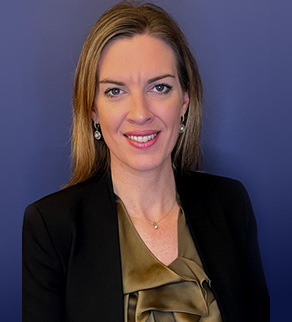
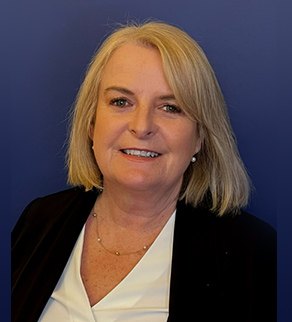
-(1).png?sfvrsn=1d668976_1)
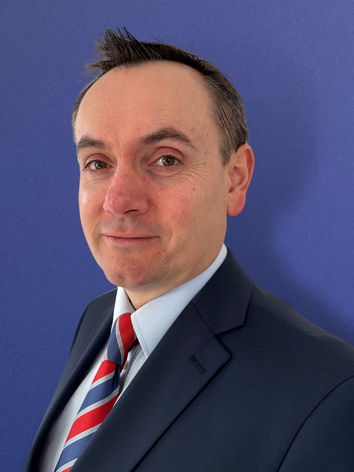

Leave a commentOrder by
Newest on top Oldest on top